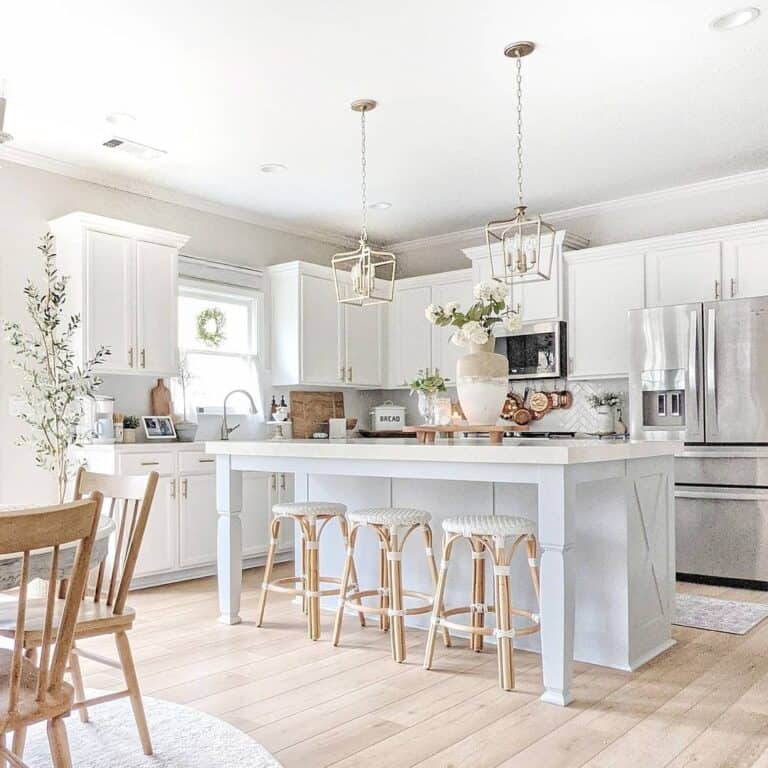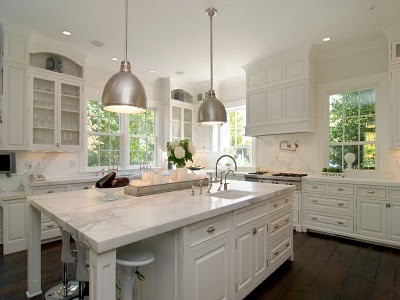Crucial Aspects to Consider When Selecting Legs For Cooking Area Island
Selecting the proper legs for a kitchen island includes a careful evaluation of numerous elements that can dramatically influence both capability and aesthetic charm. As we discover these elements, it ends up being clear that each choice can have far-reaching effects for the overall kitchen experience.
Product Options
When picking legs for a kitchen island, comprehending the numerous material choices is crucial for achieving both visual allure and architectural integrity (Legs For Kitchen Island). The option of product significantly influences not only the longevity of the island but likewise its general layout and capability
Wood is a popular option, using heat and versatility. Solid hardwoods, such as oak or maple, offer stamina and can be tarnished or repainted to match the cooking area decor. Metal legs, frequently made from stainless steel or functioned iron, add a industrial and contemporary feel while making sure longevity and security. These products are immune to put on and can sustain significant weight, making them excellent for bigger islands.
An additional choice is engineered materials, like MDF or plywood, which can be more cost-effective while still supplying a variety of coatings. They might not offer the same degree of stability as solid timber or metal. Legs For Kitchen Island. Lastly, products such as acrylic or glass can develop a contemporary look, though they might need additional assistance to guarantee stability.
Ultimately, the option of material for cooking area island legs must align with the wanted performance and the overall style of the kitchen.
Design and Design

When thinking about style, the shape and surface of the legs are important. Conical legs can give a feeling of agility and style, while thicker, extra durable legs can share toughness and security. In addition, the surface-- be it repainted, discolored, or natural-- need to complement the cabinetry and countertop materials to develop a unified appearance.
In addition, the layout of the legs can likewise show personal taste. Custom or decorative legs, such as those including complex carvings or distinct geometric shapes, can work as centerpieces, including character and personality to the cooking area. Inevitably, the ideal selection will certainly not just enhance capability however additionally boost the aesthetic appeal, making the cooking area island a standout attribute of the home.
Height Considerations
Picking the proper height for cooking area island legs is critical, as it straight impacts both capability and convenience. The conventional height for a cooking area island usually ranges from 36 to 42 inches, straightening with typical kitchen counter elevations. A 36-inch elevation is perfect for cooking and food preparation, permitting comfy use cooking area home appliances and tools. On the other hand, a height of 42 inches is usually chosen for islands planned for bar seating, suiting taller stools and supplying a laid-back eating experience.

It is additionally necessary to represent individuals' preferences and heights. Tailoring the elevation can guarantee a comfortable experience for all member of the family, making the cooking area island an extra useful and pleasurable area.
Weight Assistance
Making certain sufficient weight support for kitchen area island legs is important for both security and capability. The kitchen island frequently offers multiple objectives, including food prep work, dining, and additional storage, necessitating a robust assistance structure. When picking legs, it is important to take into consideration the general weight ability required based upon the island's intended use and the products that will be positioned on it.
The choice of material for the legs plays a substantial role in their weight-bearing capacities. Solid wood, metal, and sturdy composites typically give exceptional stamina contrasted to lighter materials. Furthermore, the layout of the legs-- whether they are straight, tapered, or have a pedestal type-- can affect their capacity to distribute weight successfully throughout the framework.
Furthermore, the leg positioning need to be strategically planned to improve security. Legs placed at the edges or with a larger official statement base can much better sustain larger loads. Always seek advice from the supplier's specifications concerning tons limitations to make certain that the legs can maintain the click here to find out more desired weight without compromising safety. In summary, choosing kitchen area island legs with appropriate weight assistance is crucial for developing a functional and safe culinary space.
Setup and Maintenance
Proper installment and upkeep of kitchen area island legs are vital for guaranteeing longevity and security. To start, it is important to comply with the manufacturer's standards throughout installation. This often entails protecting the legs to the island base using ideal fasteners, ensuring that the legs are degree and lined up. Utilizing a degree tool can aid stop wobbling and boost the general aesthetic charm of the kitchen island.
When mounted, regular upkeep is required to protect the honesty and appearance of the legs - Legs For Kitchen Island. For wooden legs, routine cleaning with a wet towel and application of suitable timber gloss can avoid dampness damage and preserve their coating. Metal legs may call for a gentle cleaning remedy to remove oil and crud, followed by a dry towel to avoid corrosion development
In addition, inspect the legs on a regular basis for indicators of wear or damage, such as cracks or loose joints. Tightening screws or bolts as needed can likewise extend the life-span of the legs. By sticking to these installment and upkeep techniques, homeowners can guarantee that their kitchen area island stays durable and visually appealing for many years to find.
Final Thought

Aesthetic coherence is extremely important in selecting the style and style of legs for a cooking area island, as these components greatly influence the general atmosphere of the room. Conical legs can provide a sense of lightness and sophistication, while thicker, extra durable legs can share strength and stability.Choosing the suitable elevation for kitchen area island legs is critical, as it straight influences both functionality and comfort. In summary, selecting kitchen island legs with sufficient weight support is vital for producing a practical and risk-free cooking area.
In final thought, choosing legs for a kitchen area island requires cautious consideration of various elements, including material options, design, elevation, weight assistance, and setup.
Comments on “Upgrade Your Kitchen's Aesthetic with Premium Legs For Kitchen Island”